







|

|

|

 A history of St. Patrick's Day
A history of St. Patrick's Day

Saint Patrick's Day is the feast of Saint Patrick, the patron saint of Ireland. It is celebrated on March 17 because that is the day he died. In the Catholic church, the date of a saint's death is celebrated not his birthday because only when after death can he, or she, enter heaven. Saint Patrick is credited with bringing Christianity to Ireland. He really wasn't the first, but we Irish never let the facts get in the way of a good story.
In Ireland it is celebrated quite simply and quietly. The faithful go to mass and pin a shamrock on their lapel. The Shamrock is a small leafed plant, resembling a three leaf clover. It has always been associated with St. Patrick. The legend says that he used it when teaching about Holy Trinity. It is the wearing of the shamrock which is the original "wearing of the green." Although there is a parade in Dublin on St. Patrick's Day, it is in now way the raucous party that you have over here.
Saint Patrick's Day has been celebrated in America since colonial times. The earliest parade continuing to today was in Atlanta. But it is the one that are the most famous are the parades in the cities which had large Irish Catholic immigration in the 18th Century., Boston, New York and Chicago. They weren't always just an excuse for a big party though. They often had serious political content.
Since the time of Queen Elizabeth, politics in Ireland always revolved around religion. Protestants, the aristocracy and the crown on one side, papists, peasants and rebels on the other. The Penal Laws passed by the English parliament at various times attempted to outlaw the Catholic Church. Papists could not own property, vote, be educated or, heaven forbid, bear arms. The wearing of the shamrock was a punishable offense. As one old rebel song goes, "they're hanging men in Ireland for the wearing of the green."
Not so in U.S.A. Proud Irish men and women could march up 5th Ave in New York City, shamrocks on and salute Saint Patrick's Cathedral.
After the civil war, Irish immigrants where discriminated against on all levels of society. Want ads would often contain the phrase, "Irish need not apply." In the mid 19th century, The Saint Patrick's Day parade must have had some of the same emotions as the civil rights demonstrations of the 1960's.
By the 1880's other immigrant groups began to arrive, taking up the bottom rungs of the social ladder. The Irish had begun moving into the middle classes and had secured political power in many cities. The parades took on a air of ethic pride, an in your face we made it celebration. It was not until after WWII that the Saint Patrick's Day in the U.S. became the sort of come one, come all party we know and love.



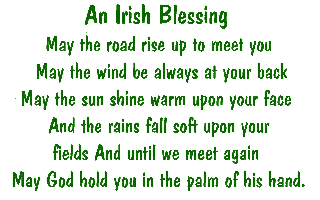

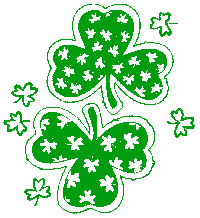

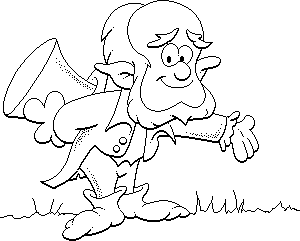



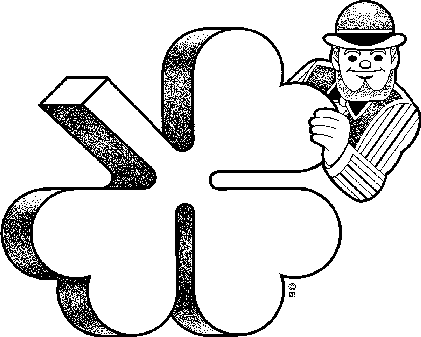



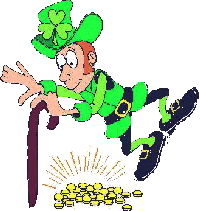

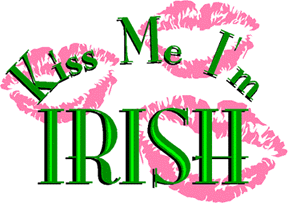

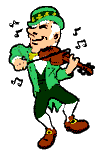


St Patrick's Day / Memorial Day / Mother's Day / Father's Day / 4th of July
Happy Birthday / Back to School / Halloween / Thanksgiving / Christmas
